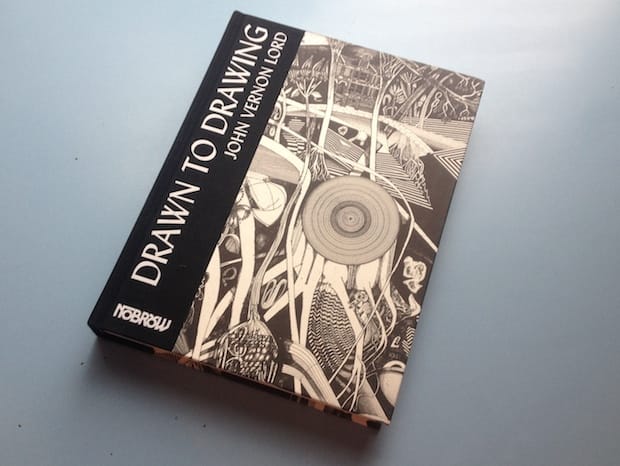New book Drawn to Drawing explores sixty years of sketchbooks, rough drafts and doodles from illustrator John Vernon Lord, with insightful and cheeky asides from the man himself.
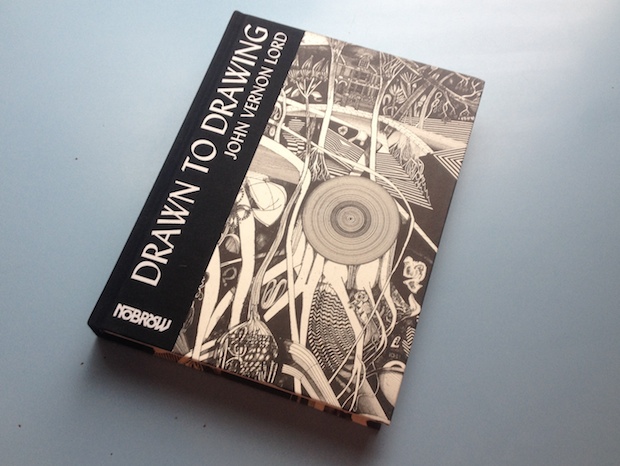
Mystique is a funny thing. On one hand, the less you know about an iconic artist, designer or musician, the more you see them as operating within a different set of parameters to yourself. Their lives seem etherial and glamorous, and their work (as it is always the final package) perfect and easily achieved. On the other hand, when you get close, and see that these great talents spend hours getting to that stage, make plenty of mistakes and have to endure the same tedium as the rest of us (in the case of illustrator John Vernon Lord endless academic meetings), their skill is all the more tangible. It’s been hard-earned and despite being just like the rest of us, they have done extraordinary things.
Drawn to Drawing, the new Nobrow-published book that presents more than sixty years of doodles, sketches and rough drawings from the illustrator John Vernon Lord, prompts exactly that kind of response. Lord is perhaps best known for children’s classic The Giant Jam Sandwich, but his intricate, etching-like illustrations have been commissioned for books, magazines and advertising campaigns for nearly half a century. In the introduction, as part of a criticism of the use of ‘illustration’ as a pejorative term to mean outmoded (perhaps itself an outmoded argument, as illustration is no longer regarded as such in the common consciousness) fellow illustrator Posy Simmonds neatly sums up the appeal of Lord’s work: Lord “can, of course, decorate beautifully but his drawings do many other things: they describe, invent, interpret, comment, document, probe, analyse and, in doing so, demonstrate how disciplined and multifaceted illustration can be.” This book not only captures the depth of Lord’s skill but also the breadth of his imagination.
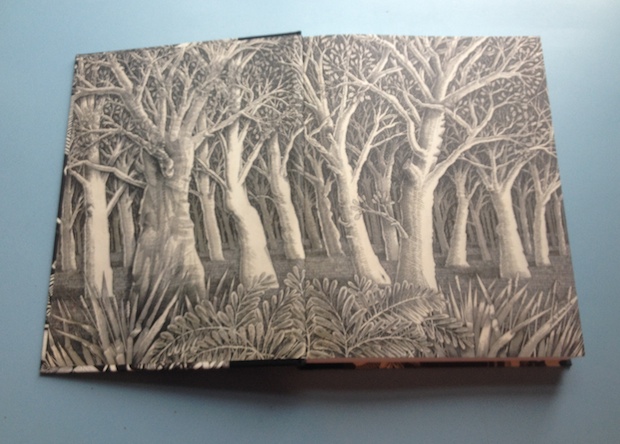
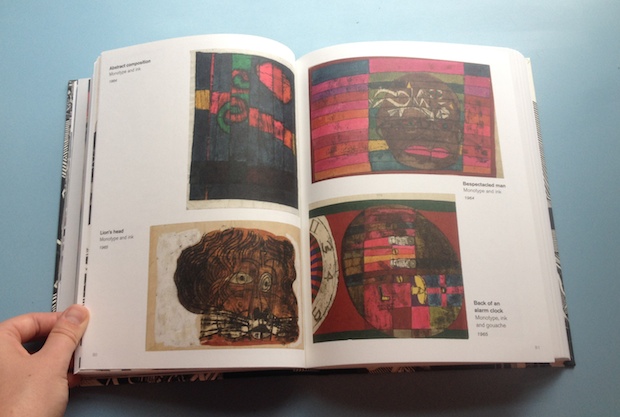
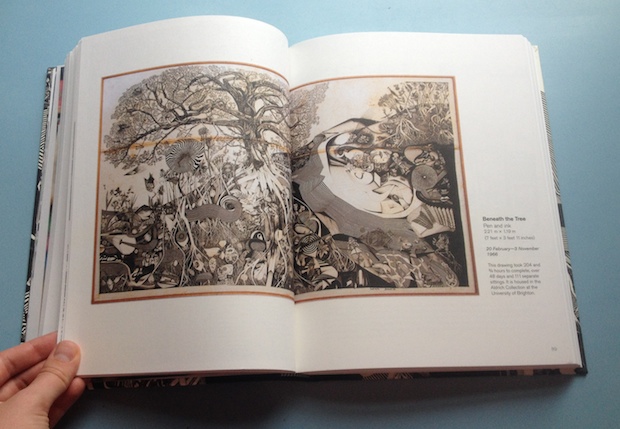
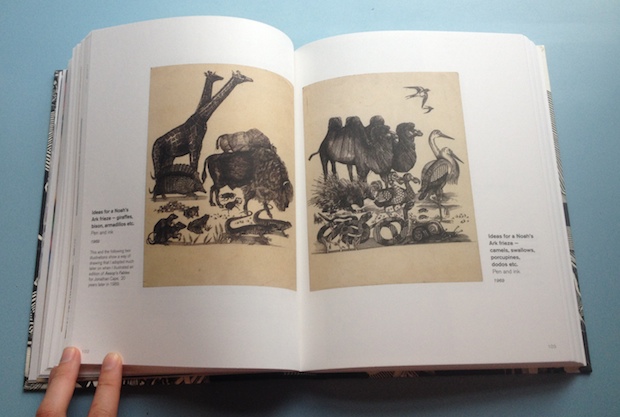
Perhaps one of the biggest strengths of Drawn to Drawing is its thoroughness. At 304 pages it’s one of the longer titles in Nobrow’s portfolio, and the sheer quantity of material is something that clearly differentiates it from the raft of other sketchbook-themed publications, which tend to give you at most a spread per designer. The book splits Lord’s workings out and rough drafts into decade, each introduced by the man himself with an explanation of the big projects and life events that dominated those periods. The result is a very intimate journey through his development as a draftsman, following preoccupations (towering castles, wildlife, escape), experiments with new media (collage, monotype and ink) and projects (The Nonsense Verse of Edward Lear and Alice’s Adventures in Wonderland).
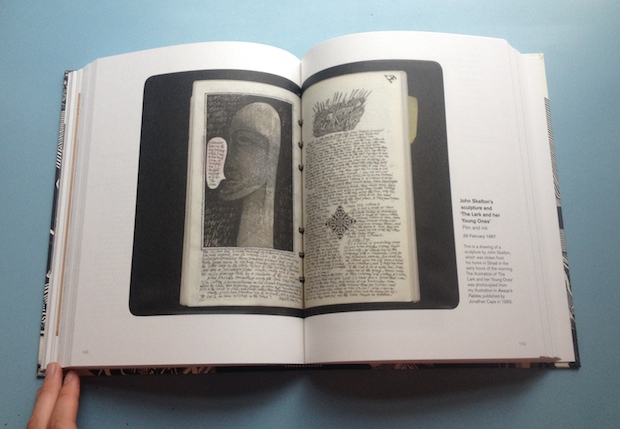


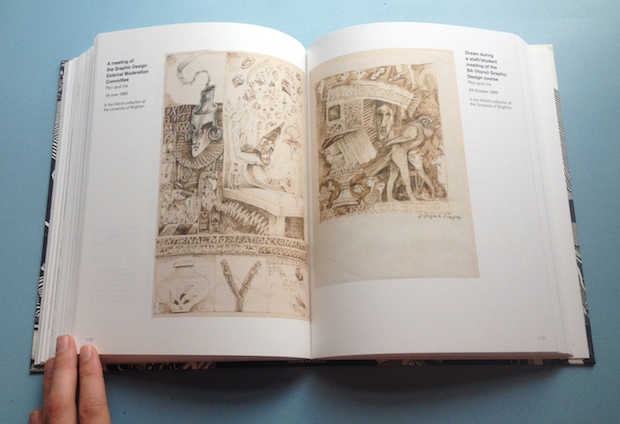
Most powerful of all is the fact that Lord goes on this journey with you. He sifted through hundreds of drawings to select the final inclusions, rummaging through plan chests and attic spaces to survey the highlights of his drafts and unfinished pieces. His comments (that sometimes offer an explanation to his sketches and at others a witty aside) are tinged with the nostalgia of an older gentleman looking back at the arc of his career. He writes: “I think the work changes direction rather than improves. In some cases, I am envious of how I drew long ago. There is something about youthful ardour, which is full of zest and eager to experiment.” Even as a teenager Lord’s drawings are impressive, but what is more exciting is how much his style varies over the years. Even in the past decade, you can see Lord’s aversion to getting stuck in a stylistic rut as he tries out new approaches and aesthetics.
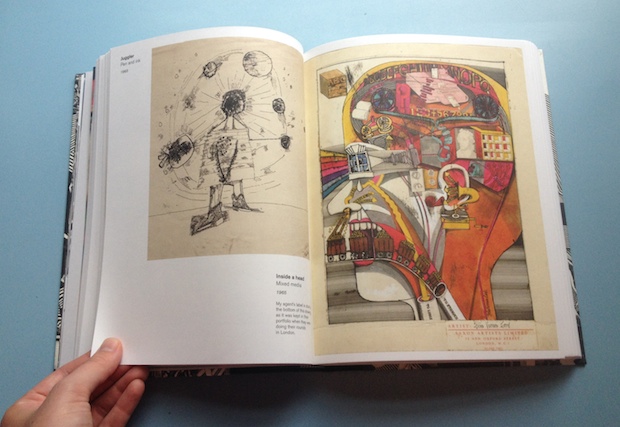
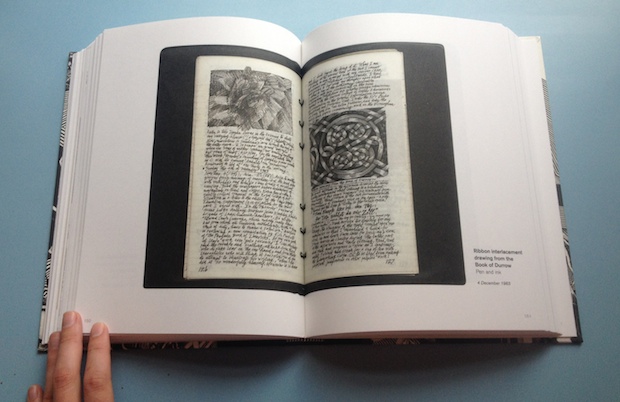

Of course commercial illustration has only been one side of Lord’s career. Since 1968, he has also been an educator, working at the University of Brighton where he was appointed Professor of illustration in 1986 and is now Professor Emeritus. One of the delights of Drawn to Drawing is the copious amounts of doodles created during lengthy academic meetings. For example, a whimsical depiction of tadpoles, a slingshot and a ruffed gentleman atop some sort of steam-driven machine is paired with the deadpan caption “A meeting of the Graphic Design External Moderation Committee”. As illustrator and author Raymond Briggs points out at the start of the book, “It is an astounding achievement to have held those two worlds together at one and the same time: debating clauses about budgets and educational matters, whilst mentally escaping into his own dream world.” This duality, and the depiction of such, really sums up the the strength of this book. At some points it’s mundane (Timetable of Drawing Activity during a Sabbatical Period on p138, for example), but it gives a very tangible sense of Lord, both in terms of his every-day working practices and the incredible flights of fancy his brain is capable of. He is an ordinary man, but with quite extraordinary talent.
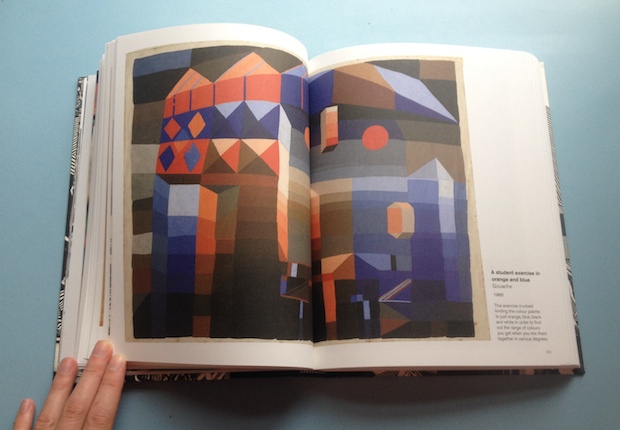
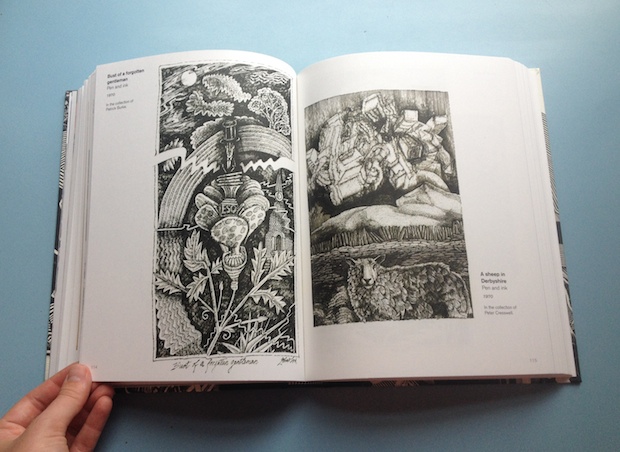
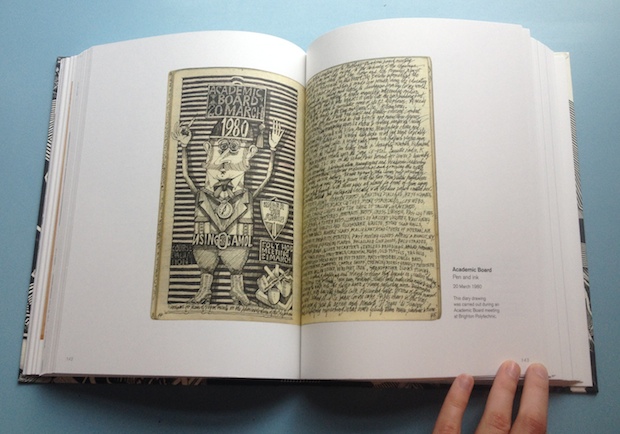
Drawn to Drawing
by John Vernon Lloyd, 2014
Published by Nobrow, £25

